ERP system stands for Enterprise Resource Planning, which is an integrated system designed to manage all of a company's processes. It allows the automation of many daily office functions related to technology, services, and human resources. Typically, an ERP system integrates all of a company's activities into one database, specific applications, and a user interface. It is used for:
- Product planning, market analysis, and profitability analysis.
- Developing sales processes and increasing the company's market share.
- Managing stages and processes of manufacturing in industrial facilities.
- Analyzing data and extracting performance indicators.
An ERP system facilitates decision-making by collecting all of a company's data and making it available to managers as usable information at the appropriate time.
What is the importance of an ERP system in companies?
Despite the absence of comprehensive solutions for every company, ERP technology offers an advanced means of collecting all of the company's processes. Once the processes and systems are connected, we can achieve high speed, and capabilities to start improving and developing the processes systematically and organized in a way that helps evaluate the company's performance and direct its resources toward optimal use.
Advantages of ERP system:
There are many benefits achieved through the implementation of an ERP system in enterprises:
- A single integrated system that brings together all users with various levels of privacy.
- Integration of information from all company activities into a central database.
- The ability to share data and exchange information between departments.
- A stable environment that preserves data from loss provides high security.
- A single interface for each user, through which they can perform multiple tasks integrated with the pre-specified system.
- Data analysis and obtaining timely and quality reports that help in creating a vision of the company's activity.
The benefits of an ERP system can be achieved at several managerial levels within organizations, such as sales management, logistics management, financial management, and human resources management. Each department ensures its data's reliability, analysis, and organization through diverse readings that assist in making accurate decisions.
Disadvantages of the ERP system:
After many companies have implemented an ERP system to achieve the aforementioned advantages, they have encountered several obstacles and drawbacks, such as:
- The high cost of implementing an ERP system, which may deter them from applying it.
- An ERP system cannot be applied in companies on its own; rather, specialists must be consulted during the transition from the current system to an ERP system.
- After implementing an ERP system, the existing workforce in the company must be trained to adapt to the applied ERP system, which may take more time and effort to achieve the full benefit.
Traditional ERP System and Cloud ERP System:
Enterprise Resource Planning (ERP) systems have evolved from the traditional form, which operates on a local data server, to cloud-based ERP systems. Through cloud-based systems, all company operations can be remotely monitored through cloud access, providing faster and easier access to data.
Integrated ERP System :
When implementing an ERP system, you are seeking the most beneficial feature, which is the integration between administrative units and their data to obtain harmonized reports with this integration.
Indeed, some companies have started to transition to an ERP system to achieve these benefits, and they had to activate the system on all their administrative units to achieve the desired integration. These units are:
- Logistics Management (Purchasing): Through supply chain planning, supply process management, and scheduling payments to suppliers.
- Customer Relationship Management (Sales): Through controlling sales processes, collection, and following up on customer requirements to achieve increased customer satisfaction rates for the company's products.
- Manufacturing: Through monitoring the manufacturing stages and processes at each stage, controlling costs, verifying the inventory of raw materials used, and reducing waste and damage rates in each stage.
- Financial Management: By providing a nurturing environment for all basic financial information in the company, linked to each department, and understanding its implications to obtain an accurate financial vision for the company.
- Human Resources Management: Through determining the organizational structure of employees in the company and determining the resulting returns from their entitlements, compensations, and bonuses.
Phenix Systems:
Phenix systems are considered leading systems that support ERP components by:
- Providing the necessary tools for proper and accurate financial management through generating reports that provide users with all the information and statistics they need to make decisions.
- Full support for managing human resources in companies by registering complete information about employees, classifying them, defining their work locations, evaluating their performance, and providing various reports related to the financial management of employees.
- Providing the ability to define manufacturing models and generate processes from those models, and adding additional costs with a large number of reports that help users manage the manufacturing process financially and administratively.
- Enabling the generation of an accounting management system that simulates supply chains or supplies through a reference system that allows linking invoices together and with various features as desired by the user, while providing comprehensive reports related to audit operations and supply chains.
- Developing diverse methods for controlling sales operations in the company so that the sales request is monitored from the moment it is received by the system until it is delivered to the customer, with reports that help the company evaluate customers and improve the quality of the product offered to them.

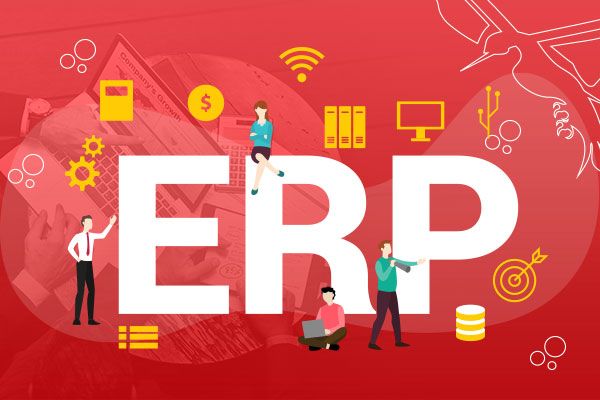
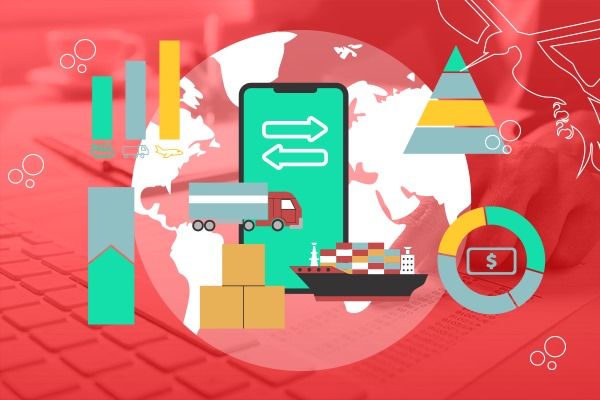
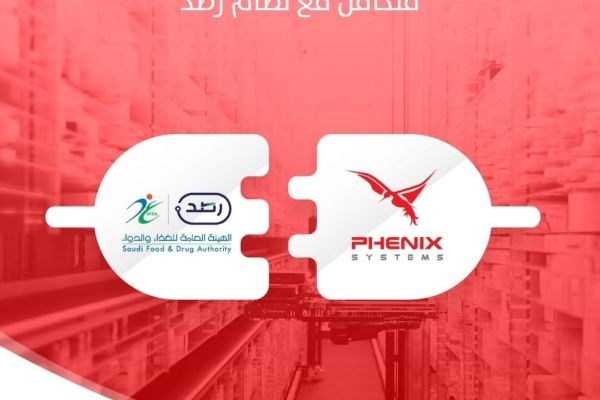
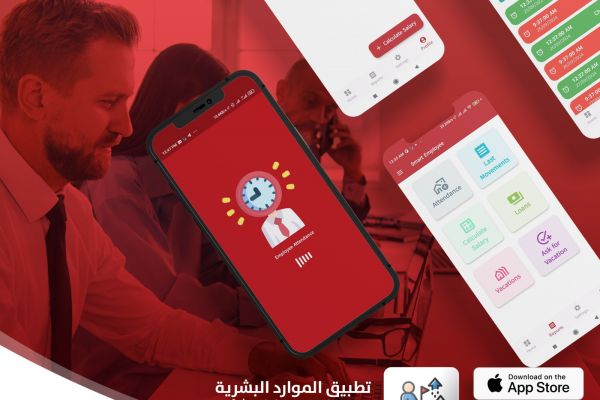
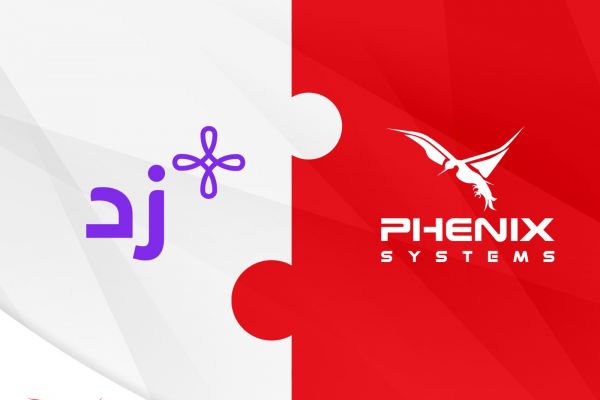

Comments (0)